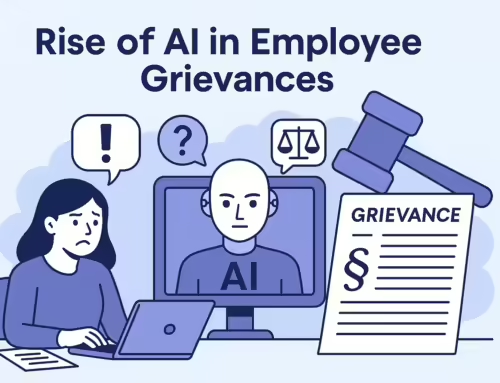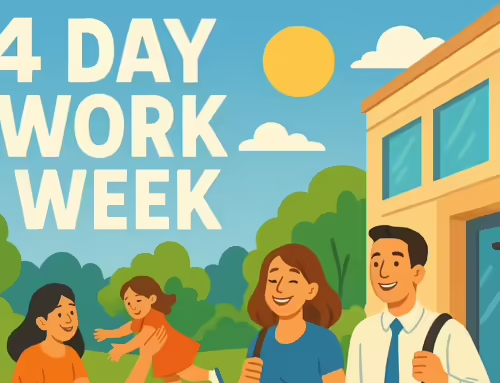In April this year the Government announced its plans to implement the living wage from April 2016. Whilst it will be a great move for many employees, employers still need to think carefully about the implications this will have on their business.
The “national living wage” (NLW) will be compulsory and the Low Pay Commission (LPC) will recommend future rises, with the Government aiming for it to reach £9 an hour by 2020.
From April 2016 employers with employees aged 25 and over will have to pay the national living wage which will be set at £7.20 per hour.
The NLW is not the same as the National Minimum Wage (NMW) which has been with us since 1999 and has set the baseline for employers and employees in terms of minimum wage expectations.
National Living Wage and Minimum Wage Rates
From the 1st of October 2015 the minimum wages an employee can expect to receive will look like this:
| Year | 21 and over | 18 to 20 | Under 18 | Apprentice* |
|---|---|---|---|---|
| 2015 (from 1 October) | £6.70 | £5.30 | £3.87 | £3.30 |
From the 1st of April 2016 the minimum wages an employee can expect to receive will look like this:
| Year | 25 & over | 21 to 24 | 18 to 20 | Under 18 | Apprentice* |
|---|---|---|---|---|---|
| 2016 (April) | £7.20 | £6.70 | £5.30 | £3.87 | £3.30 |
How will this affect you?
The biggest impact will be the increase in wages for older workers, but sitting behind this are a couple of other factors to consider.
Demand for Labour
With the higher National Living Wage coming in to effect at the age of 25, we could see a shift in employment patterns to focus on hiring younger workers for those industries which are reliant upon large numbers of employees who currently receive the minimum wage. The knock on impact could be for more unscrupulous employers to let staff go as they approach their 25th birthday. Employees will still have protection if they believe they have been unfairly dismissed on the grounds of age under age discrimination protection (Equality Act), with action being taken irrespective of length of service.
Wider Team Morale
An odd aspect of human behaviour is how we get a sense of our own value. To do this we often compare what we receive in terms of pay and benefits to others both inside and outside the business. There’s a cunning bit of theory on this – see Adams Equity Theory. A consideration for employers will be the distance in terms of pay between current, experienced staff who may currently be on a rate high above the minimum wage – e.g. £7.30 with new starters coming in on the minimum wage £6.50, therefore with a pay difference of £0.80p per hour that reflects experience and skill levels.
However with the Living Wage an inexperienced worker who is over 25 will only be £0.10p per hour behind the skilled employee.
The impact of this could be that skilled workers will no longer see themselves as having a higher value and will look for an increase to create the pay difference they have previously enjoyed. If the difference is not big enough (in the eyes of the employee) to reflect their skills this may lead to a sense of loss, subsequent impact on morale and could ultimately lead to the employee leaving.
Escalation Ladder
With most private sector employees not being represented by a Trade Union, the stated intention of £9.00 per hour by 2020 will remove the employers ability to manage their pay costs within their own business. For professional and skilled roles this may not have a significant impact, but in a lot of lower paid businesses (e.g small retail shops, takeaways, cafes etc) they will lose their ability to decide when they can or cannot afford to give staff a pay rise.



